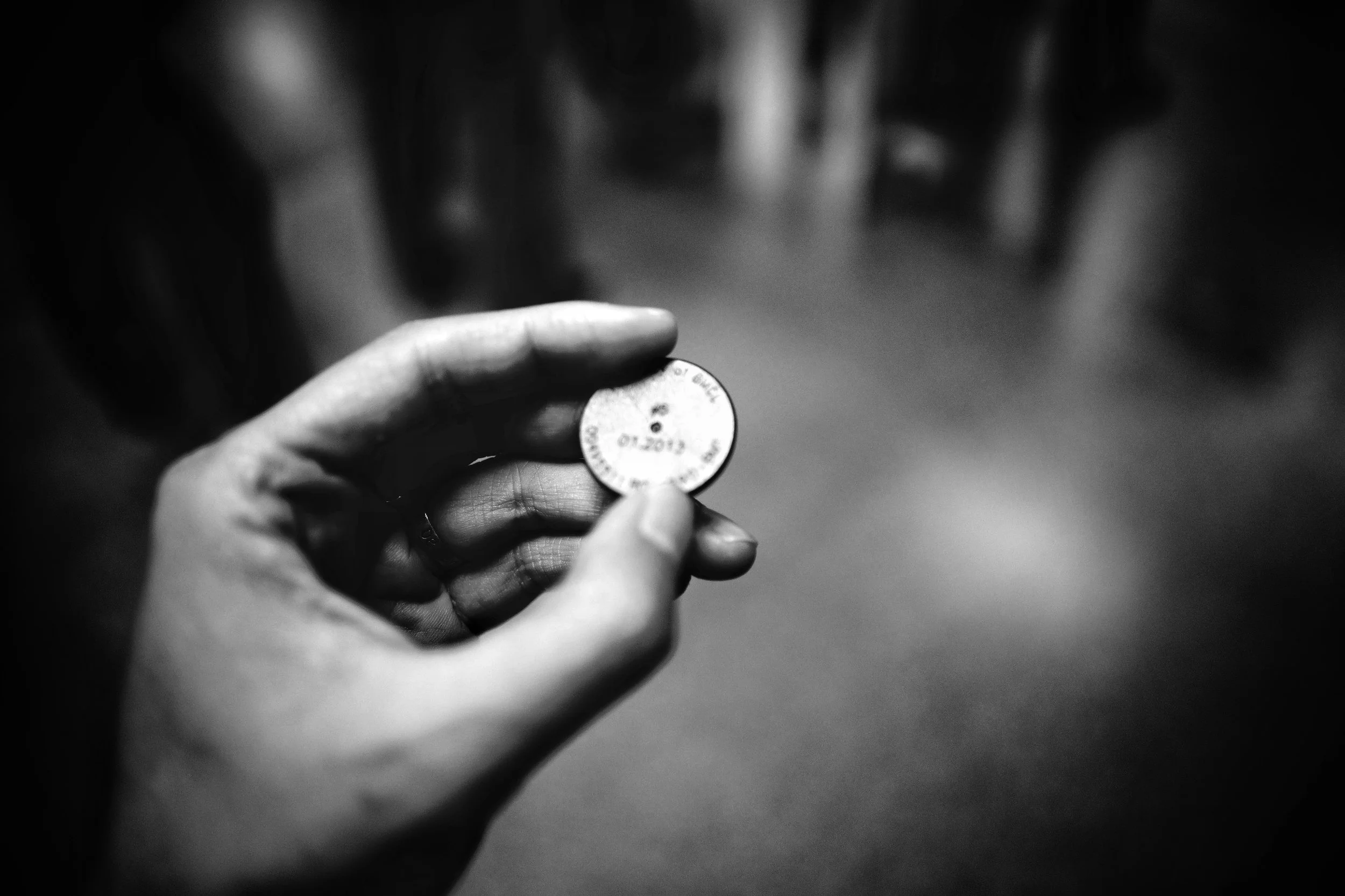Informed Decision-Making
We make decisions every day. Most of them are at the level of the unconscious. And occasionally, we are presented with a choice to make a major decision that will change the trajectory of our lives.
How do you make decisions? Do you flip a coin? (not a bad idea actually, I’ll show you why later). Do you use the data available to you?
I’m going to show you how to use data already embedded within you to make your next big decision.
Step 1 - Values
Identify your top three values in life and in business. Values change over time. They are the things that are most important to you in your current phase of life.
Your values are your filter for making decisions. If a choice is not in alignment with your values, you are out of integrity. Use your values to help you decide what direction to move in.
You may find that your values are in tension with each other. For example, finding meaningful work may be in tension with having the work/life balance you desire. Ask yourself is there a way you can balance your values such that one does not have to suffer while the other is met. Finding win-win strategies can feel like a stretch, and it’s worth pursuing.
Step 2 - The Should Test
We can get trapped by cognitive bias in our thinking. If you ever find yourself using the word “should” as you weigh an option, you are likely acting irrationally.
Let go of the “shoulds” and move toward the option that excites you. Which brings us to the next step.
Step 3 - Energy
Write out how energized you are by each option. What is exciting about each option for you? Does one option feel more heavy and draining as you consider it?
Pay close attention. Your body is sending you important signals that can often bypass cognition. Listen to what energizes you.
Step 4 - Fear & Desire
Often, when you have a desire to move toward something, fear accompanies it.
Fear is a mask for desire. For most of human history, our brains have been wired to keep us safe, to survive. When you have a desire to make a change, your fear response is trying to keep you safe and protect you from death.
In most cases, a choice isn’t going to result in death for you. So you can reassure this part of your brain that you indeed are safe, and acknowledge the fear is tied closely to your desire.
Write out your fears. All of them. And then, in the next column, write out the desire that is behind the fear.
Move toward the option that peaks your desire the most.
Step 5 - Opportunity Cost
Opportunity cost is simply what you give up when you choose one option.
As you consider your options, remember the status quo is also one of your options. What is the opportunity cost of maintaining the status quo?
What is the opportunity cost of choosing option A or option B? What do you give up when you choose one option?
Step 6 - Commitment
The only way to live a full life is to play fully. When you are all in, you are 100% committed.
Making a decision means cutting off all other options. The latin root in decision (caedere) is the same as the root in scissors. You are literally cutting off other options.
This is an important step psychologically when you choose something. If, after you make a decision, you are mentally still considering other options and wondering whether it would have been better, not only is this futile, it is a huge drain on your energy. What do you want to commit to 100%?
After filtering your options through these six criteria, is there a clear winner?
If you have an A-B decision and all else fails, get out a coin.
Heads is option A, Tails is Option B.
Flip the coin. What does it say?
How do you feel about the coin making the decision for you? Are you relieved? Disappointed?
There is your answer.
I’d love to know what decisions you’re facing.

